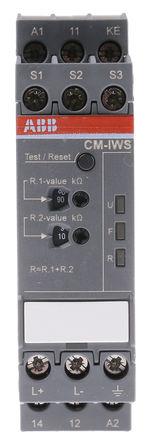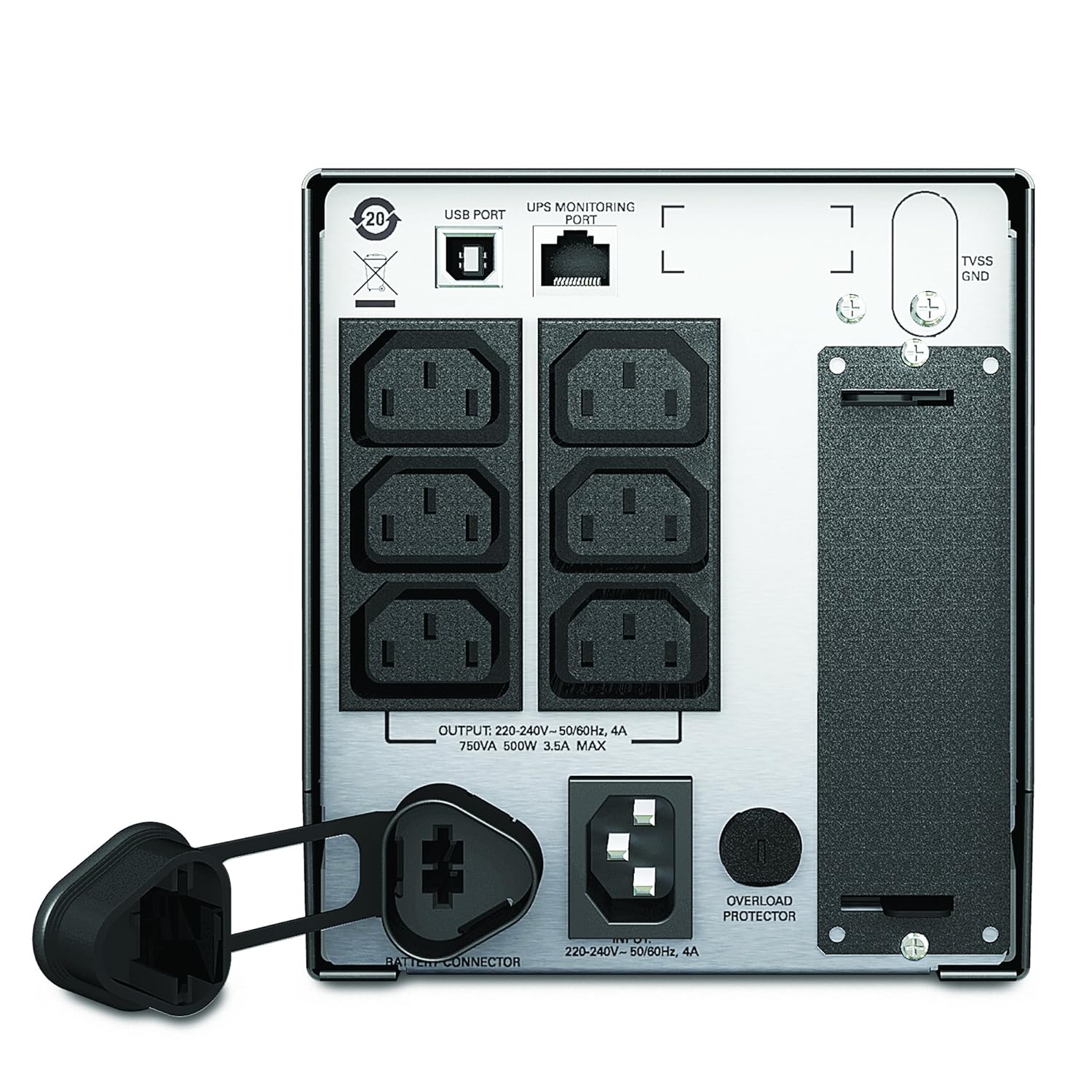The lost of neutral with three phase is very different to switching off the neutral when a UPS takes over. With the UPS unless it switches the neutral to earth at the same time as it disconnects the incoming supply it can't have the neutral bonded to earth. Unless the earth is bonded to the neutral then the output will be floating and it is an IT supply. By IT I refer to earthing method, in fact not even a true IT supply as there is normally a earthing impedance resistor with the IT supply.
There is however no real reason why a warning device can't be built into the UPS to show if either leg has been pulled to earth by the devices on the output. That device could also disconnect if the output is pulled to earth, although that might defeat the whole idea of having an UPS.
With a single output and powering a single device there is no problem, just like using a shaver socket which has no earth, as the number of items powered from the UPS increases then the need for an earth increases, with a stand-by generator we would not dream of installing without having an earth rod connected to it.
The picture of the back of the UPS
shows TVSS GND (transient voltage surge-suppression) but this it seems is to ground things to the UPS the UPS still uses the earth connection from the supply lead, as to using the supply lead for earth when there has been a loss of power there seems an error with that since if unplugged it would not have the supply earth and to have the earth pin of a plug go live is clearly not what it wanted. So any earth would need to be connected with a tool so it could not be simply unplugged. Likely connecting an earth rod or at least something which is already bonded to the TVSS GND would provide a ground independent of the plug, but it may not be connected to the output under power failure anyway.
As I said before we need to assess the risk, and it seems likely that the supply socket is RCD protected, so any item plugged into the UPS which has an earth fault would cause the RCD to trip and the UPS to take over. So it is likely the UPS could have a single fault to start with, the single fault is not a danger as which ever line it earths does not matter the fault will not cause a shock. What is the problem is a second fault could result in a shock, so we need to consider what the UPS is supplying.
With an UPS supplying a rack of servers it is unlikely any outside influence would cause multiple servers to develop earth faults at the same time. However with the desk top computer for some one passing to trip and spill coffee on the computer and printer at the same time is possible. What we rely on is the cables linking the devices together insuring they all stay at the same polarity. Any loss of earth bonding between the items could cause two items cases to have different voltage polarity so having a high shock risk.
What we hope is the earth is not compromised, but with IT equipment when we PAT test we use just 250 mA instead of the normal 25 A because the earth often goes through a printed circuit, if this printed circuit can't take the amps from the UPS then you could end up with a very dangerous situation. It could blow the printed circuit earth connection. Now I am told the practice of using the printed circuit to carry the earth has stopped, but unless one opens up the appliance one does not really know.
Personally as long as the items supplied from the UPS are PAT tested using the 25A option and pass, then it is very unlikely the bonding between the items would be lost, so even though the output is not connected to earth with a power outage an UPS which is supplied from a 13A socket is unlikely to cause danger. Once one supplies the UPS from more than a 13A socket can provide then as with stand-by generators we need an earth connection. But having accessed the risk I would consider it is rather low and not worth worrying about. However in view of this I would generate method statements and risk assessments for the use of multi-output UPS units. If something was to go wrong, and you can show you considered the risks and came to a conclusion that they were minimal, even if your assessment turns out to be wrong, then it is unlikely you would be held responsible. The HSE does not say everything must be supper safe, it says you must take reasonable steps, and doing a risk assessment as I have done here I am sure would be considered as a reasonable step.



